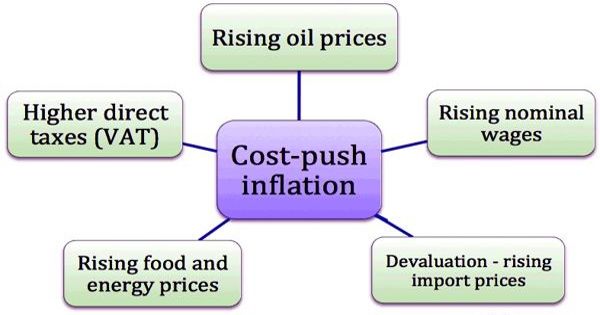Money aggregates are broad categories used to quantify an economy’s money supply. MFI and central government (post office, treasury, etc.) monetary liabilities to non-MFI euro area citizens, excluding central government, are included in this category. Money aggregates are measured by central banks and presented as end-of-month national currency stock data. M0, M1, M2, and M3 are the traditional labels for monetary aggregates in the United States.
The categories come with different definitions, as follows:
- M0 is the total dollar value of all currency in circulation, including paper money and coins. It’s also known as monetary base narrow money;
- M1 is the sum of currency in circulation and overnight deposits;
- M2 is the total of M1, short-term deposits with a maturity of up to two years, and short-term deposits with a maturity of up to three months; and
- M3 is made up of M2, repurchase agreements, money market fund shares/units, and short-term debt instruments having a two-year maturity.
The Federal Reserve has not monitored a historic aggregate known as M3, which includes time deposits above $100,000 and institutional money, since 2006, but it is still estimated by certain analysts. Growth rates are determined using an index created by dividing transactions by outstanding balances at the start of the period in question (starting from a base period).

Central banks use monetary aggregates to make money-related strategies, given their capacity to quantify a country’s monetary strength and financial wellbeing. The financial base (MB or M0) is a financial total that isn’t broadly noticed and varies from the cash supply, however, is regardless vital. It comprises the entire supply of money in circulation as well as the central bank’s held part of commercial bank reserves.
Because it may be replicated through fractional reserve banking, this is also referred to as high-powered money (HPM). The value of assets and liabilities on the last day of the reference period (month or quarter), which is usually the last calendar day, is referred to as stock data. M1 is a tightly specified aggregate that gauges the money supply, which comprises demand deposits, non-bank travelers’ checks in circulation, checkable deposits, and demand deposits. It takes into account all aspects of M0 as well as near money.
M2 is a money supply estimate that takes into account all parts of M1 as well as “near money,” which includes savings accounts, money market securities, mutual funds, and other time deposits. These resources are less fluid than M1 and not as reasonable as trade mediums, however, they can be immediately changed over into cash or genuinely taking a look at stores. Close to cash comprises of exceptionally credit only however fluid resources, for example, currency market protections, saving stores, time stores, and shared assets.
The assets are not suited as exchange mediums since they may simply be changed into cash or bank deposits. Money aggregates are a measure used by the Federal Reserve to assess how open-market operations, such as Treasury securities trading or altering the discount rate, influence the economy. Investors and economists pay special attention to the aggregates because they provide a more accurate picture of a country’s working money supply.
To guarantee that the occasionally changed segments are added substance to the occasionally changed totals, a portion of the occasionally changed series, specifically M3, are determined in a roundabout way. The distinction among immediate and aberrant assessments of euro-region financial totals is consistently checked and, by and large, has demonstrated to be insignificant. Investors can gauge the money aggregates’ rate of change and overall monetary velocity by analyzing weekly reports of M1 and M2 data. Investors may assess the velocity of money and its equivalent opportunity cost, which yields the aggregate rate of change, by analyzing monthly data on several aggregates.
The Fed can only manage the reserves held by the monetary base and depository institutions, not the amount of money in circulation. The study of monetary aggregates may yield a lot of information on a country’s financial stability and general health. For example, too fast-growing monetary aggregates may raise concerns about a high rate of inflation. Economists have been unable to agree on widely recognized classifications of financial assets for years.
The majority of proposals emphasize money as the most appropriate metric, but there is no universal definition of money. Identifying the precise objectives and uses of financial assets is one method of defining money. Monetary aggregates were crucial in comprehending a country’s economy and in determining central banking policy in general. Over the last several decades, it has been clear that there is less of a link between changes in the money supply and important indicators like inflation, GDP, and unemployment.
Information Sources:
















